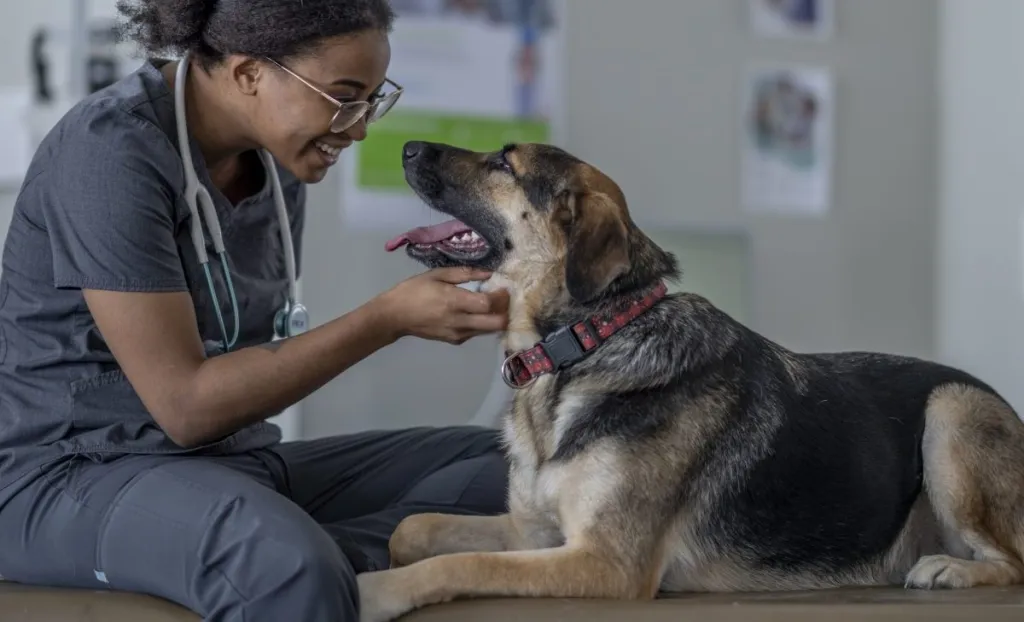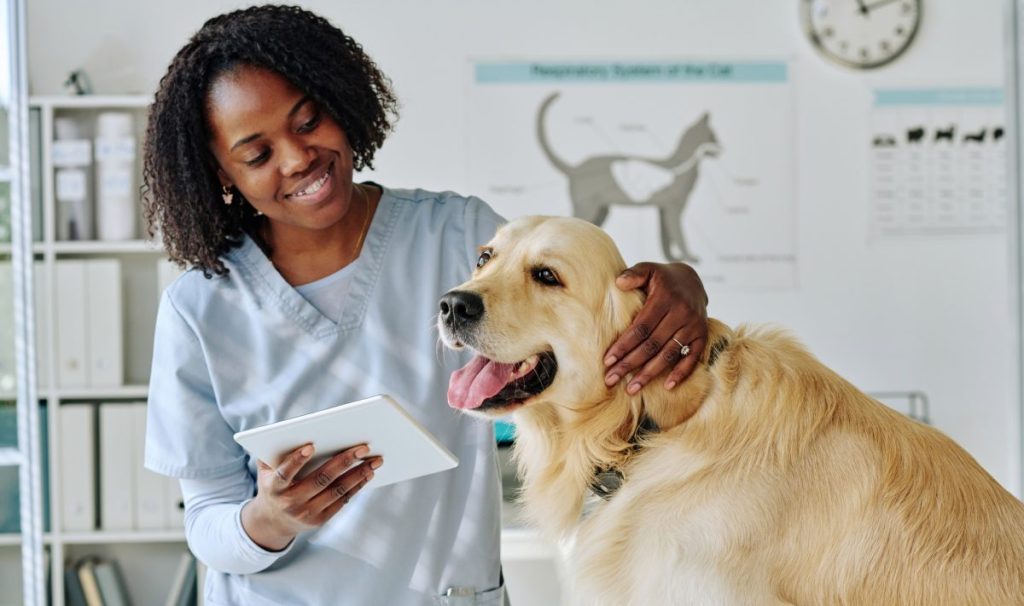Gabapentin is already a household name in human medicine as a wonder drug for neuropathic pain and mood disorders. But did you know it’s also making waves in the animal kingdom, especially for your canine companions? Welcome to our comprehensive guide on Gabapentin for dogs.
“Gabapentin, a miracle drug not just for humans, but for our four-legged friends too.”
As a responsible dog owner, it’s vital to understand what Gabapentin is, its potency, appropriate dosage, and potential side effects for dogs. Armed with this knowledge, you can confidently have informed discussions with your vet and ensure your furry friend gets the best possible care. So, let’s dive right in!
- What is Gabapentin?
- Uses of Gabapentin in dogs
- How to correctly dose Gabapentin for dogs
- Recognizing and dealing with potential side effects
This information can be a valuable asset in your pet care tool belt, not just to manage pain but also to improve the general quality of life for your pets. Remember, knowledge is the first step towards effective care!
Gabapentin, often marketed under the brand name Neurontin, is a medication typically used in dogs for seizure control, chronic pain relief, and alleviating certain forms of anxiety.
Though not officially approved by the FDA for use in dogs, it’s frequently prescribed by veterinarians who consider it safe, as long as it’s administered under their guidance and instruction.
It’s crucial to remember that any form of medication, including Gabapentin, should only be given to your pet after consulting with your vet to ensure it’s the right treatment for their medical needs.
Let’s delve into the specifics of Gabapentin for dogs—exploring its uses, the right dosage, and possible side effects.
Gabapentin usage for dogs
 (Photo Credit: FatCamera | Getty Images)
(Photo Credit: FatCamera | Getty Images)
Gabapentin is commonly prescribed to dogs for pain relief. However, it usually isn’t used on its own. More often, it’s part of a mix that includes opioids or NSAIDs, as it enhances the effects of these other drugs.
The way gabapentin works isn’t fully clear. Vets think it disrupts the neurotransmitter glutamate’s action on the nervous system’s calcium channels. This, in turn, reduces the dog’s perception of pain.
Among the pain-related conditions your vet might use gabapentin for are chronic arthritis, cancer-related discomfort, hyperalgesia — an abnormally high sensitivity to pain, and allodynia, which is pain felt from typically non-painful stimuli.
Some painful conditions vets might treat with gabapentin include chronic arthritis, pain associated with cancer, and hyperalgesia — which is a heightened sensitivity to pain. It may also be prescribed for allodynia, which is a sensation of pain to normally non-painful stimuli.
Vets can also use gabapentin to treat seizures, anxiety, and idiopathic epilepsy in dogs. Because it affects the nervous system, it can prove particularly useful for pain associated with neuropathic disorders.
Some vets may prescribe the drug to calm anxious behavior before a vet visit. In the case of seizures, the medication mimics the neurotransmitter GABA, which helps calm excessive electrical activity in the nerves of the brain.
Gabapentin dosage for dogs
 (Photo Credit: AnnaStills | Getty Images)
(Photo Credit: AnnaStills | Getty Images)
Remember, this guide should be used for general understanding, but always consult with your vet for the specific needs of your pet.
If your dog has been prescribed gabapentin, the dosage can vary depending on the purpose. It could be for chronic pain relief or seizure control.
Prioritize your dog’s safety by only administering medication under the guidance of your vet. Unsupervised treatment could lead to serious harm.
Here’s a usual go-to guide: For chronic pain, the vet might advise a dosage of 1.4 to 5 mg per pound of your dog’s weight. However, it’s important to remember every dog is different. Your vet will closely monitor your dog’s response to adjust the dosage if needed. If your dog builds a tolerance over time, the dosage may be upped. Normally, this medicine is given once every 24 hours for pain relief.
On the other hand, if your dog is having seizures, the gabapentin dosage is generally higher, typically between 4.5 to 13.6 mg per pound of weight. It’s advisable to give this anti-seizure medication every eight to 12 hours.
The medication is most commonly prescribed as either 100 mg or 300 mg capsules, so measure carefully and strictly adhere to your veterinarian’s guidelines. Despite that, the starting dose is typically 10 mg.
Gabapentin side effects for dogs
 (Photo Credit: Sebastian Condrea | Getty Images)
(Photo Credit: Sebastian Condrea | Getty Images)
As a pet owner, it’s vital you examine the label before giving your dog a liquid variant of gabapentin. Be awary that the liquid version, typically prescribed to humans, contains xylitol. This substance is unsafe for dogs. Remember, it’s best to adhere to your vet’s guidance when selecting the appropriate version of this drug.
If your dog suffers from liver or kidney disease, is pregnant or nursing, or is taking other meds such as antacids, morphine, and hydrocodone, it’s crucial to consult your vet before giving them gabapentin. Furthermore, a gap of two hours should be maintained between giving oral antacids and gabapentin to your pooch.
Note that gabapentin may result in deficiencies in essential nutrients like calcium, vitamin D, vitamin B1, and folate, which are key to nerve repair. This could potentially prolong recovery. Therefore, your vet might suggest supplements to compensate for these deficiencies.
With due care and vigilance, gabapentin is generally safe for dogs. Always ensure to abide by veterinary instructions and guidelines on dosage and administration.
Be mindful of the following typical side effects:
- Lethargy
- Sedation
- Ataxia, or wobbliness
Less common, more serious side effects may occur. You should contact your vet if you notice the following symptoms:
- Diarrhea
- Vomiting
- Depression
- Bulging eyes
- Loss of coordination
- Oversleeping
Overdosing on Gabapentin is not usually fatal for your dog, but it can lead to more frequent and intense symptoms. However, it’s important not to suddenly stop giving your dog Gabapentin. This could trigger seizures and other withdrawal effects. Always consult your vet, who can guide you on gradually reducing the dosage to avoid these issues.